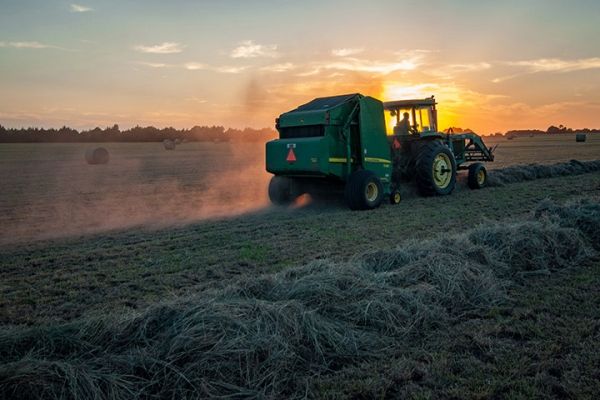How Earth observation technologies are revolutionizing global agri-food systems.
Nowadays, various forms of technology play a fundamental role in our daily routines. From the use of GPS to navigate to different places, to sharing pictures using just our smartphones, to automatic vacuum cleaners, there are endless examples. Even when it comes to the food we eat there have been so many technological advances and an immeasurable amount of research developed, particularly in the past few decades.
But one common technological thread that we can find within all of these different aspects of our lives is Earth Observation Technologies (EOT) and remote sensing. Numerous Earth observing (EO) satellites have been launched into space by NASA and other international space agencies within the last decade, serving to collect (or “remotely sense”) data about our home planet, which helps experts around the world to better understand our ecosystems and environment. We’ll take a look at agricultural production, international food markets, and global food security as an example of the importance of this remotely sensed Earth observation data.
There are several steps and many factors involved from the time a crop is grown on a plot of land to the availability of certain crops and the price volatilities eventually seen in the corresponding food market system. Because of the complicated paths of the agricultural supply chain, it is often easier to understand this relationship if we think about it as a collective “agri-food system.” Over the past decades, agri-food systems have evolved in so many aspects, but so have the EO technologies that make it easier to understand and monitor every step of this complex chain, bringing transparency and efficiency to the overall system.
Continue reading at NASA Earth Observatory
Image via NASA Earth Observatory




